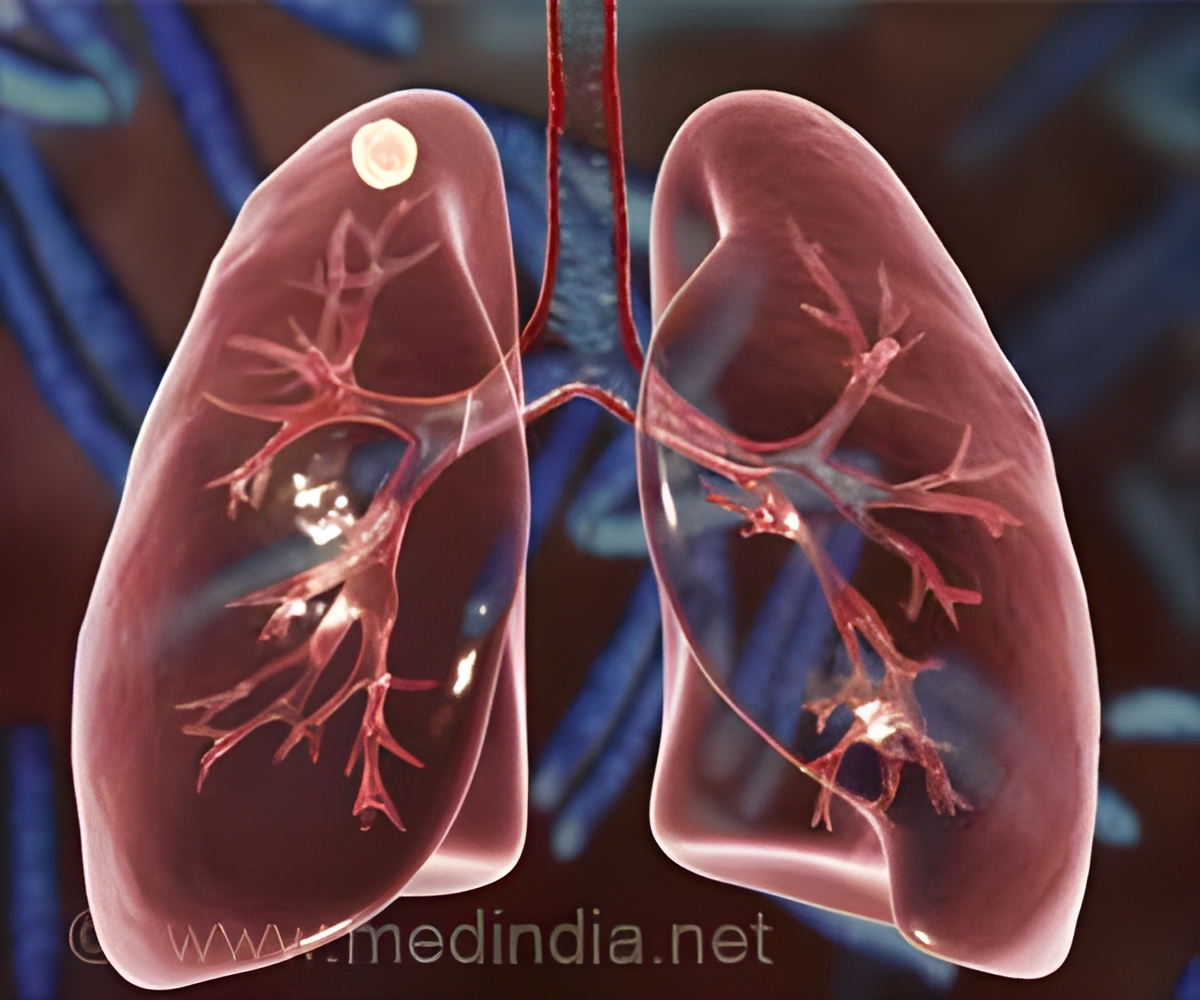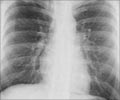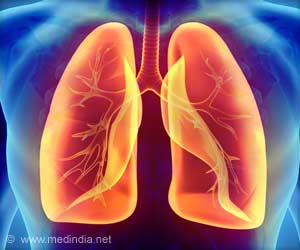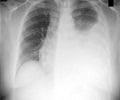
‘Lung-on-chip model demonstrates the significant role of an alveolar – lung surfactant in fighting early tuberculosis (TB) infections. This paves the way for the development of novel therapeutics against several respiratory diseases.’
Tweet it Now
The research team found that alveolar epithelial cells – a type of respiratory system cells occupy a major role in fighting early TB infection. The cell does this mainly by the production of a substance called lung surfactant. A lung surfactant is generally a mixture of lipids and proteins that reduces the surface tension where air and liquid meet in the lung. Existing evidence suggests that surfactant produced by alveolar epithelial cells can hamper bacterial growth in TB. However, these cells also promote intracellular bacterial growth, rendering the role of these cells, in early infection, unclear.
Role of the Lung-on-chip model:
"We used our model to observe where the sites of the first contact are, how M. tuberculosis grows in alveolar epithelial cells compared to bacteria-killing cells called macrophages, and how the production of surfactant affects growth, all while maintaining these cells at the air-liquid interface found in the lung", says lead author Vivek Thacker, a postdoctoral researcher at the McKinney Lab, École Polytechnique fédérale de Lausanne (EPFL), Lausanne, Switzerland.
The deficiency of the alveolar surfactant was recreated using the lung-on-chip model to study the mechanism of early TB infection. The early growth of the bacterium was monitored via an imaging technique called time-lapse microscopy.
Advertisement
These findings shed light on the understanding of the early mechanisms in fighting TB and other respiratory infections. This paves the way for the development of novel therapeutics against respiratory diseases. Currently, the lung-on-chip model is utilized to study the body’s response against low-dose infection of SARS-cov-2, the virus that causes COVID-19
Advertisement















